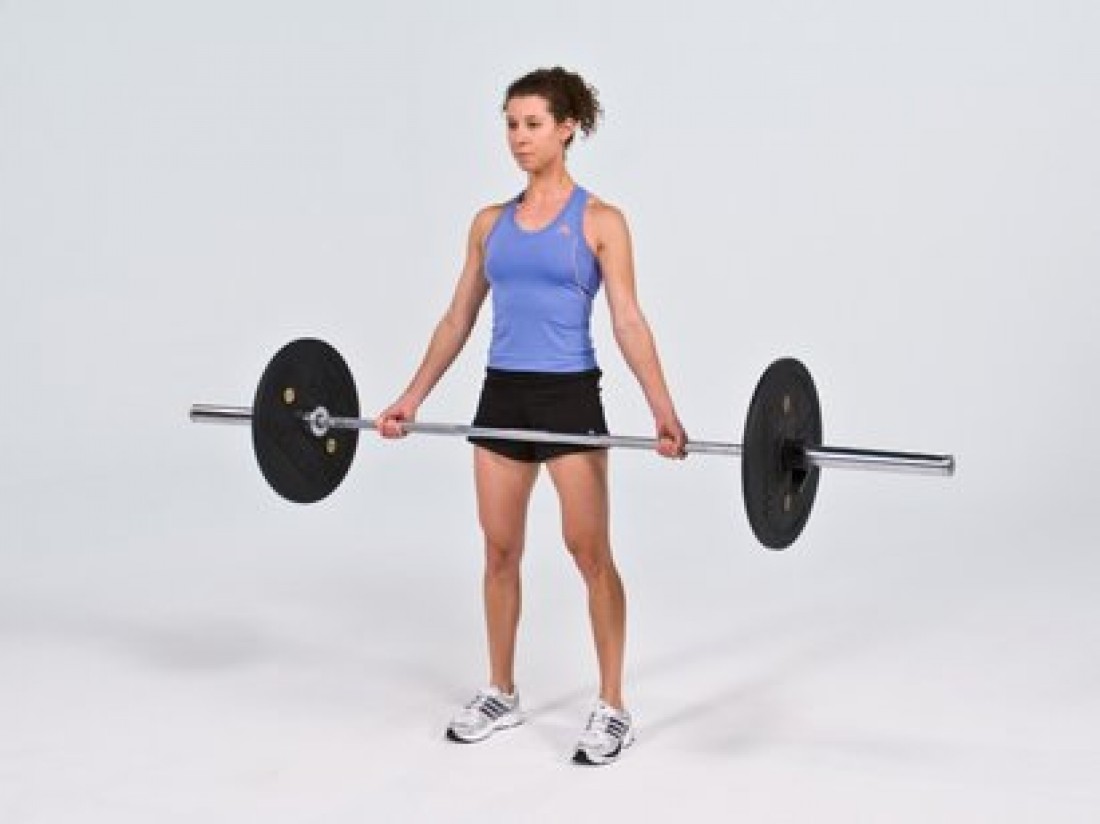Happy New Year everyone!
For my first post of 2015, I will be discussing an interesting new study that examined the effects of exercise order in resistance training, and how the findings are relevant to soccer players. Resistance training, comprising exercises done with external resistance such as weights, elastic tubing, or an individual’s own body weight, is a necessary component of any elite level soccer players’ overall training program. The order in which resistance exercise are performed, however, is a less-researched topic and has been the source of some debate over the past few years. Some of the leading authorities on exercise prescription (including the National Strength and Conditioning Association, NSCA; and the American Council on Exercise, ACE) have traditionally recommended starting with exercises involving the largest muscle groups and/or the most joints, and progressing to small muscle group/single-joint exercises.
A recent study done by Simao et. al (2012) that reviewed several other studies which examined the effects of resistance exercise order on a number of different factors, including neuromuscular activity, oxygen consumption, Rating of Perceived Exertion (RPE) and chronic adaptations, revealed some interesting results. As it turns out, the conventional approach of always starting with larger muscle groups / multi-joint exercises is not as important as it was once thought to be. Exercises done at the beginning of a session (regardless of whether they involved large or small muscle groups) led to greater increases in strength, neuromuscular and chronic adaptations, than did exercises placed at the end of a session. Simao et al concluded that the chief factor determining exercise order should be the movement pattern needs of the particular athlete/client. The reasoning for this conclusion is that, if a particular exercise is critically important to a particular training goal, that exercise should be placed at the beginning of the training session, so as to maximize the results and improvement with regards to the training goal.
For soccer players, this research has some important implications. The critical step in developing a resistance program for soccer players is to identify what the most important movement patterns are, and then to choose exercises and order the exercises based on their specificity and relevance to these movement patterns. An example of this method would be:
- Critical movement pattern #1: 2-legged jumping
- exercises: barbell squat, barbell dead lift, jump squat
- Critical movement pattern #2: running/jumping with single-leg hip/knee/ankle extension
- exercises: barbell lunges, single-leg squats, hamstring “pop-ups”
- Critical movement pattern #3: lateral movement/cutting movement
- exercises: dumbbell side lunges, resisted hip external and internal rotations
- Critical movement pattern #4: kicking (single-leg stability – plant leg, and hip flexion – kicking leg)
- exercises: single-leg proprioception, resisted hip flexion, resisted hip adduction
Coaches and fitness coaches working with elite level soccer players should consider the critical movement patterns involved in the sport when designing resistance training programs for their athletes. Ordering exercises based on this approach should lead to improved muscular adaptations, as well as an overall improvement in physical performance.
I’d love to hear your thoughts about this topic. Drop me a line here to get the conversation started.


Leave A Comment